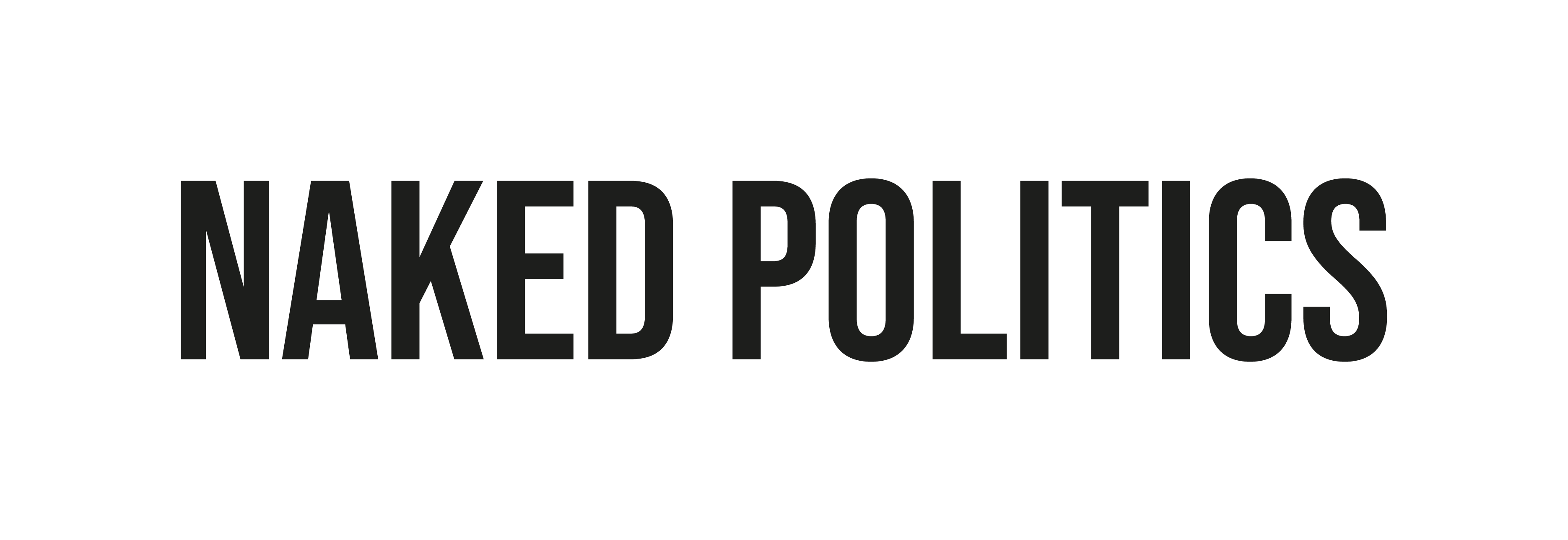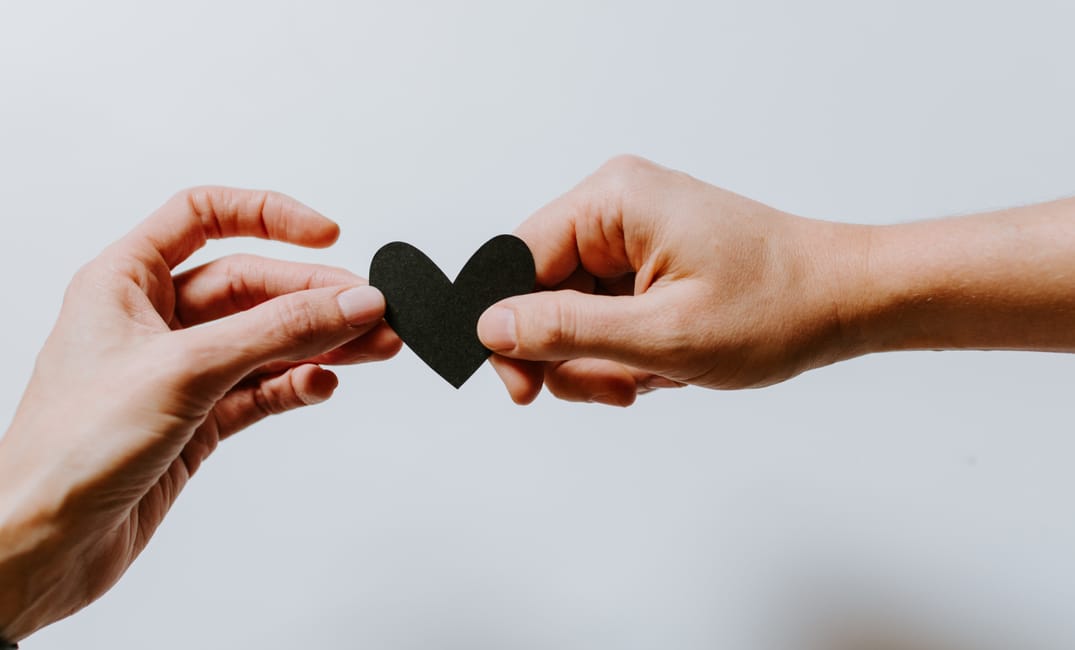✏️ Helen MacKenzie
A few weeks ago, did you wake up to a feed of black squares? The next day, what did you wake up to? Were brands still engaged or had they gone back to posting their own content?
Brands are being called out for tokenism, and rightly so. A brand which considers supporting Black Lives Matter as a one-off exercise or PR move should not be receiving your support.
An account called ‘Pull Up or Shut Up’ (@pullupforchange), run by entrepreneur Sharon Chuter (@heysharonc) – owner of Uoma Beauty – is calling for beauty brands who participated in Blackout Tuesday to post receipts. Pull Up or Shut Up have given brands 72 hours to give details of how many black employees they have in their head and satellite offices and how many black people they have in leadership roles. They’re then encouraging you not to purchase from that company until you see how diverse they really are.
The question is, if brands choose not to share this information on social media, how do you find it?
First, go on to the brand’s website. Look for the brand’s ‘About Us’ section and then see if they have a ‘Corporate Statements’ or ‘Corporate Policies’ link. You should see a page with reports like Gender Pay Gap Reports (a legal requirement for companies with more than 250 employees), and a Modern Slavery Statement (another legal requirement). Currently, companies do not have to publish any kind of ethnicity report, but most will include this in their Annual Report; some might have a publicly available Diversity and Inclusion policy. Another place to look is on a company’s Careers page.
If this sounds like too much work, or you can’t find this information, have a look at the company’s Executive Leadership team and Board of Directors – that should give you a fairly clear picture of how things stand.
A Tale of Two Hashtags: #istandwithmunroe and #boycottnike
In 2017, L’Oréal dropped model and activist Munroe Bergdorf for comments she made about racism and white supremacy. On Tuesday, L’Oréal posted a black square with the words “Speaking out is worth it”; Bergdorf immediately called out L’Oréal for their double-standards. The company have not issued a statement despite thousands of comments on their Instagram posts and people posting #istandwithmunroe. This is a clear case of actions speaking louder than words.
This is also shown in how difficult it is to find specific diversity information on their website. They give a broad overview of their policies on gender, LGBTI, disabilities, and “social, economic and multicultural origins”, but no specific numbers. If you look at their Executive Committee and Board of Directors, they are all white. L’Oréal has featured a number of black celebrities in their campaigns including Liya Kebede, Zoe Saldana, and Beyoncé Knowles, but it’s really hard to tell how many black employees they have. To coin a phrase: diversity is not only skin deep.
Contrast this with Nike. In 2018, they stood by Colin Kaepernick by hosting him as the face of their thirtieth-anniversary ‘Just Do It’ campaign after backlash against the athlete. Some people started using #boycottnike to show their displeasure – how were people calling out Nike for defending one of their athletes who chose to speak out against racism?
If you look at Nike as a brand, they have continually supported the black community. They sponsor or collaborate with athletes such as Dina Asher-Smith, Raheem Stirling, and sisters Sasha and Kadeen Corbin, and run programs such as the Future Varsity program which provides leadership training for young African Americans “creating positive change in their communities”.
Within the company, Nike’s Executive Committee is made up of 10 white men and women, but their Board of Directors includes 3 black men and women. Nike produce a yearly impact report and give breakdowns of their employees’ race and ethnicity, as well as providing details of partnerships aimed at hiring more black leaders, and unconscious bias training for employees.
Once you know where to look, and what to look for, it’s easy to see how brands champion and support causes from within, by investing in their employees and communities.
My point is this: if a company doesn’t make it easy for you to find out information about their diversity and inclusion, it’s probably because they don’t want you to know. If a brand you love posted a black square on Blackout Tuesday, ask yourself if you’ve seen them make any decisive movements for Black Lives Matters. It’s hard, but do your homework on brands. If they’re not supporting you, don’t support them.
Thanks for reading our article! We know young people’s opinions matter and really appreciate everyone who reads us.
Give us a follow on Instagram, Twitter and Facebook to stay up to date with what young people think.
Resources
115 Ways to Donate to Black Lives Matter
Petition to Introduce Mandatory Ethnicity Pay Gap Reporting
Petition to Update GCSE Reading Lists
Follow: @pullupforchange
Graphic designers (you’ll recognise some of their pieces from social media)
Read the ‘Race in the Workplace’ 2017 Review and the ‘Race at Work’ 2018 Review – find out what brands (and your employer) are doing in the workplace, and require that they do more

